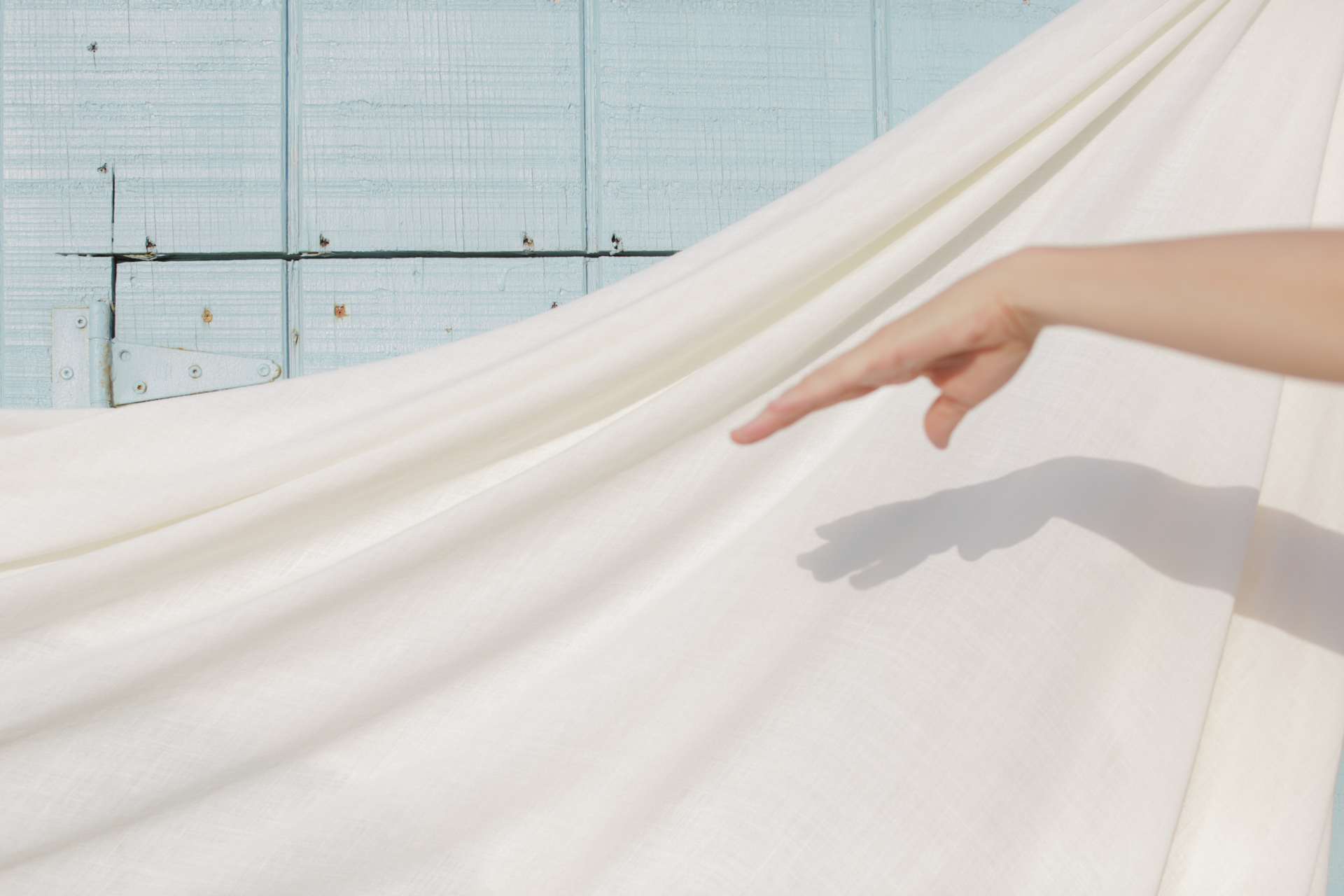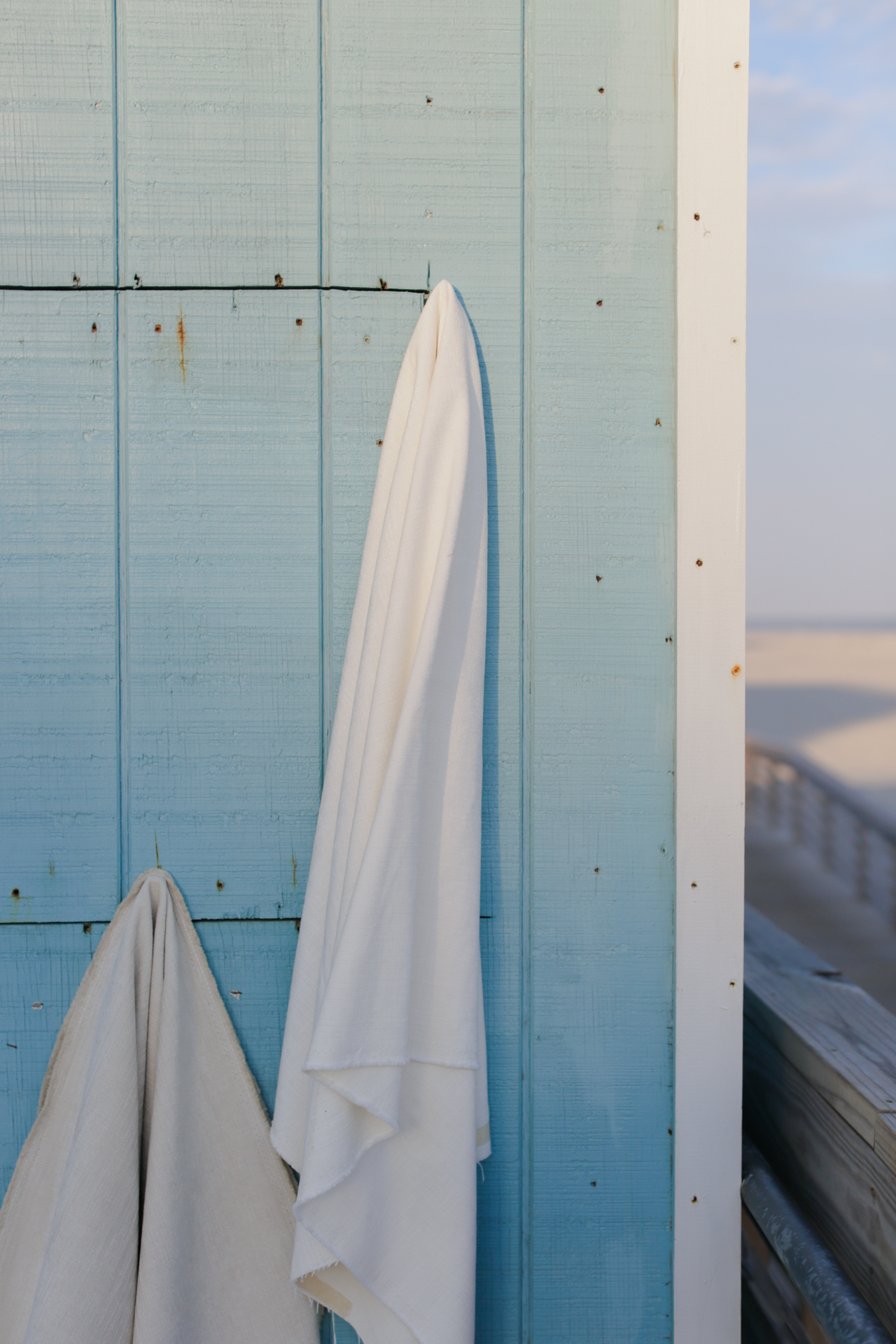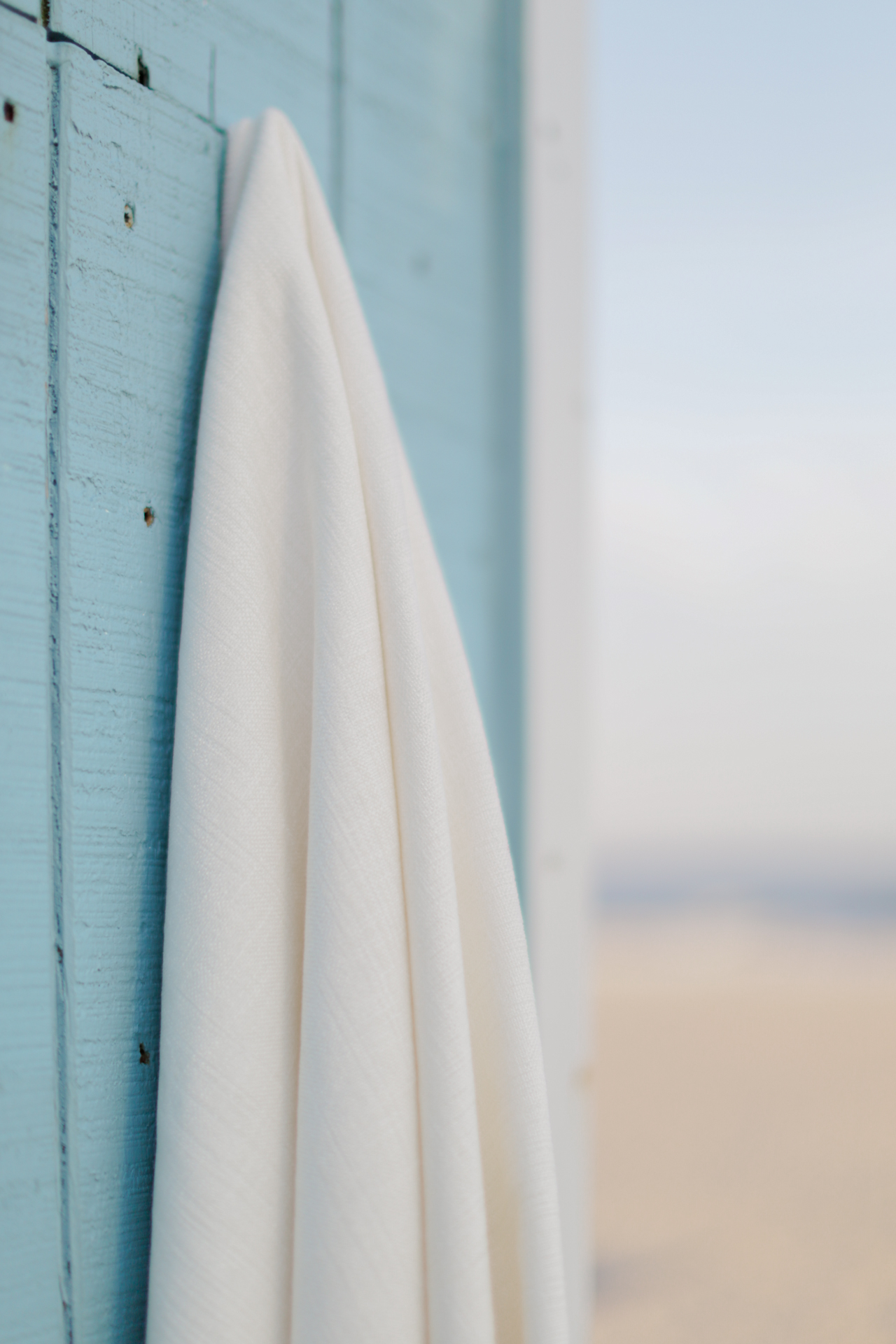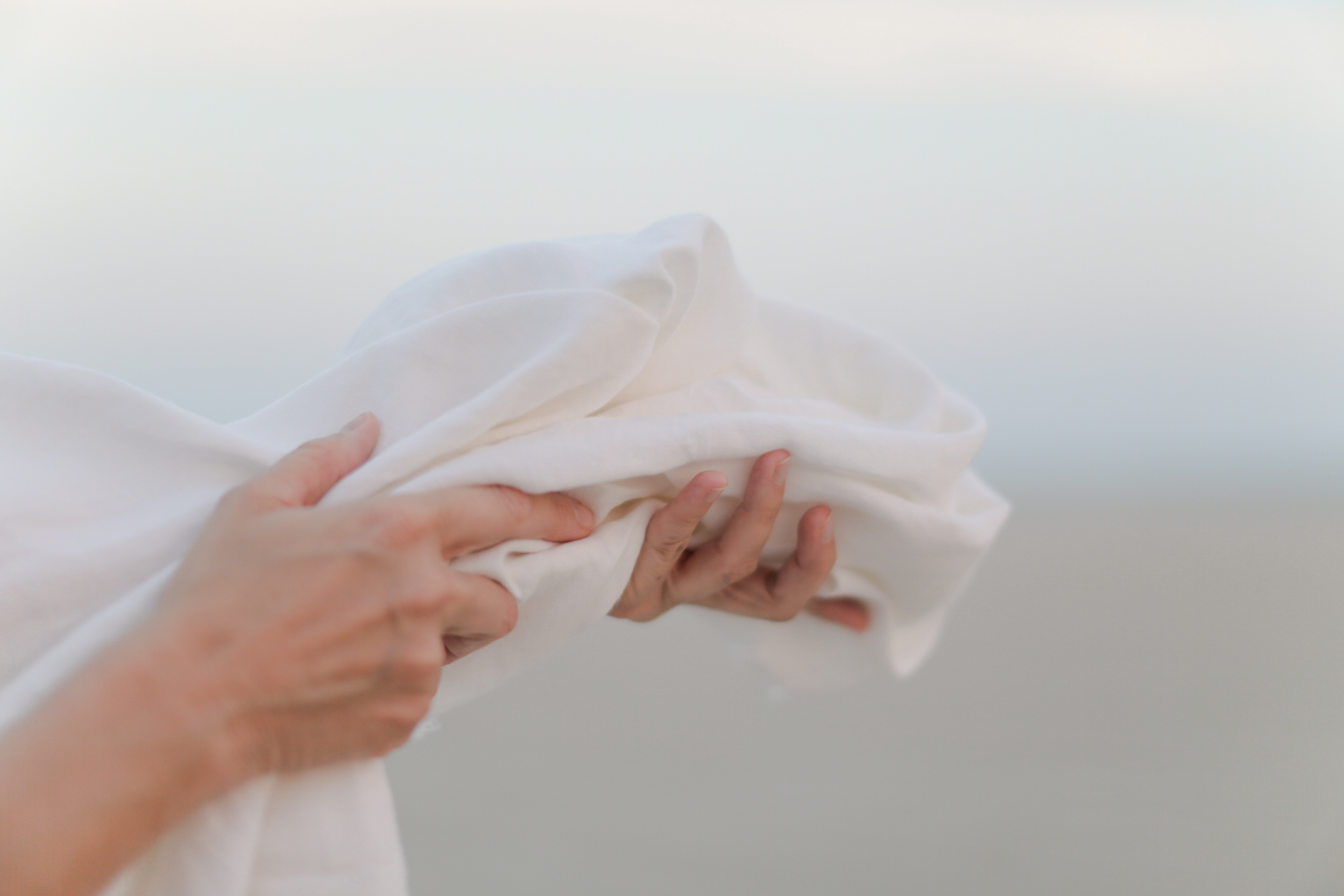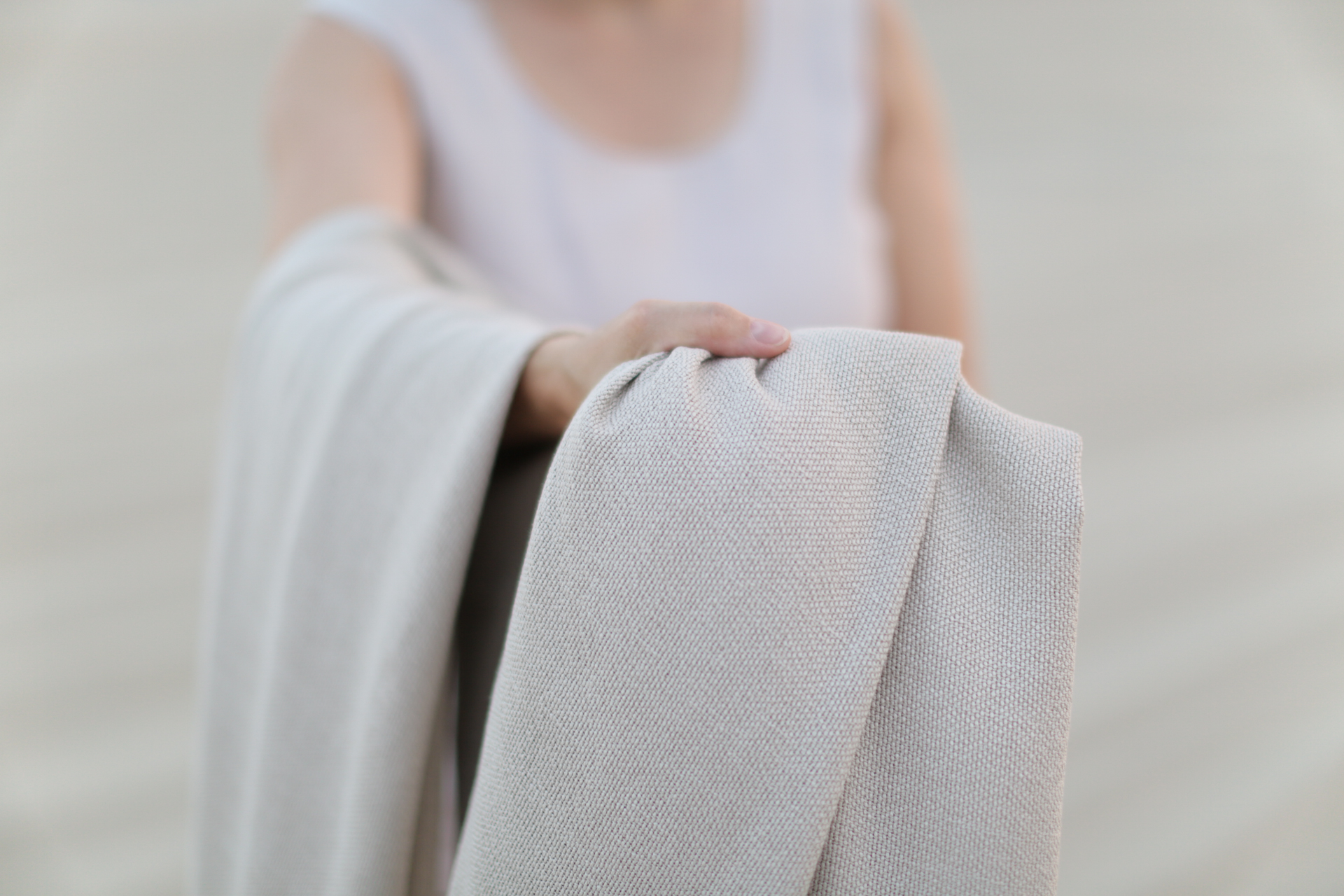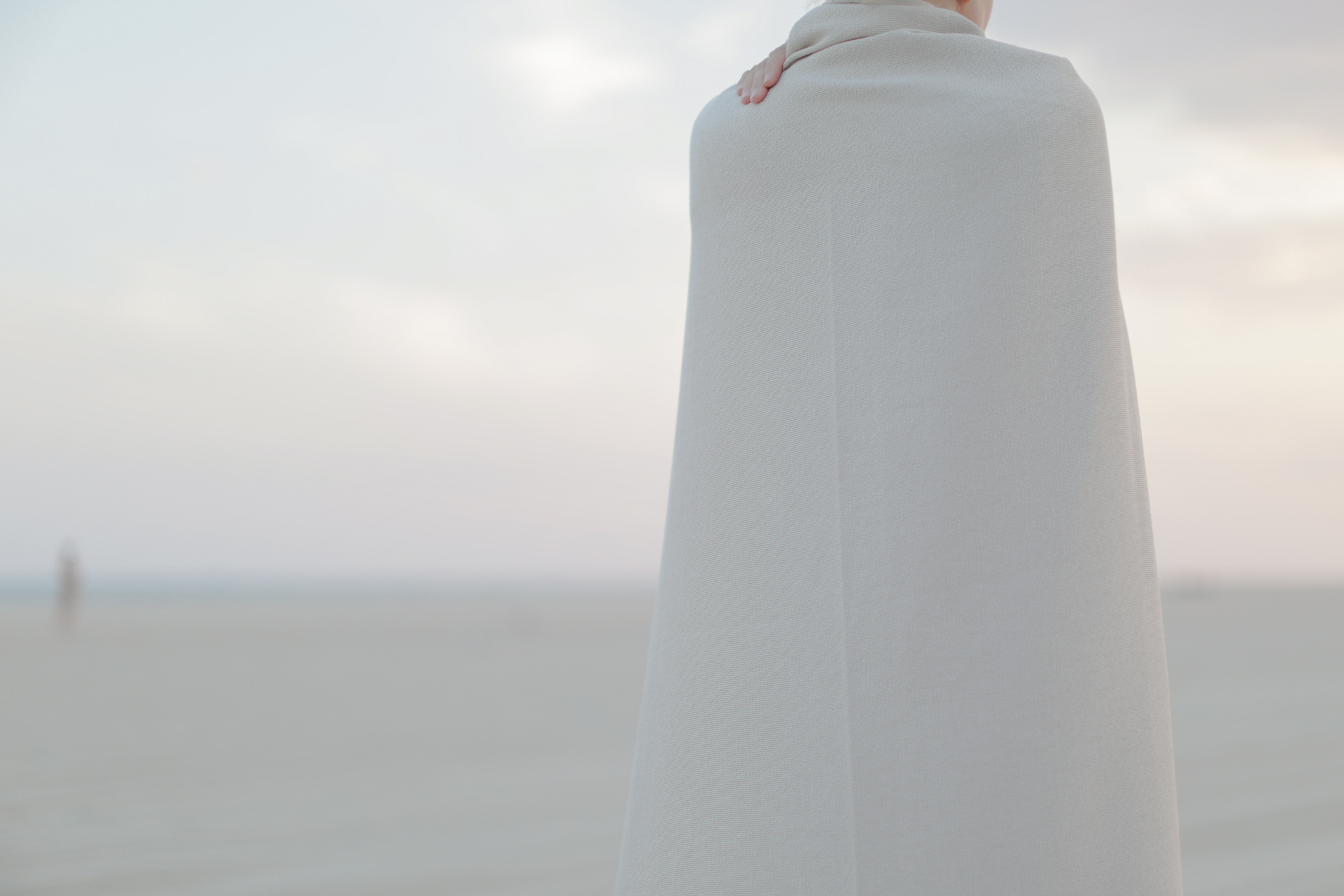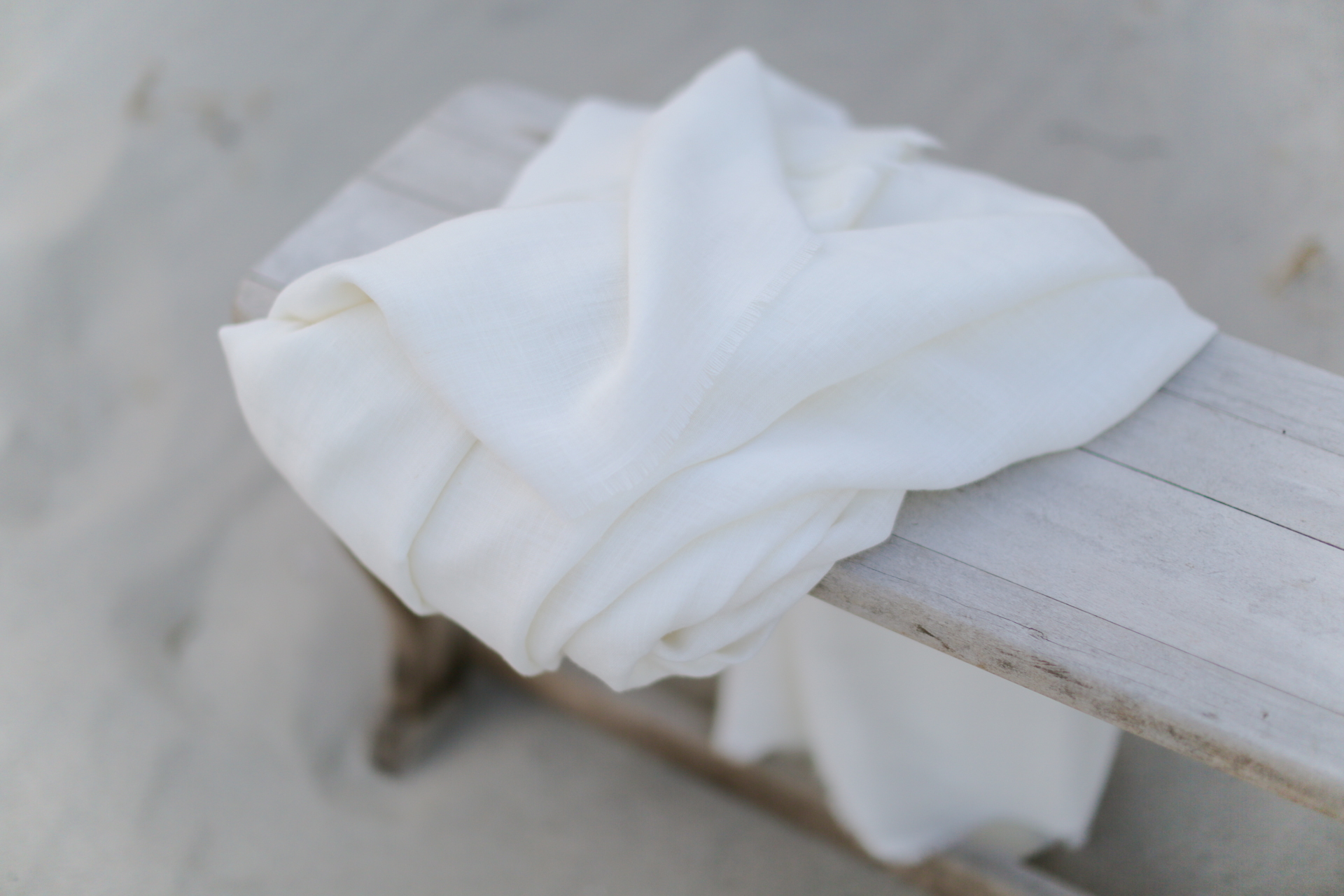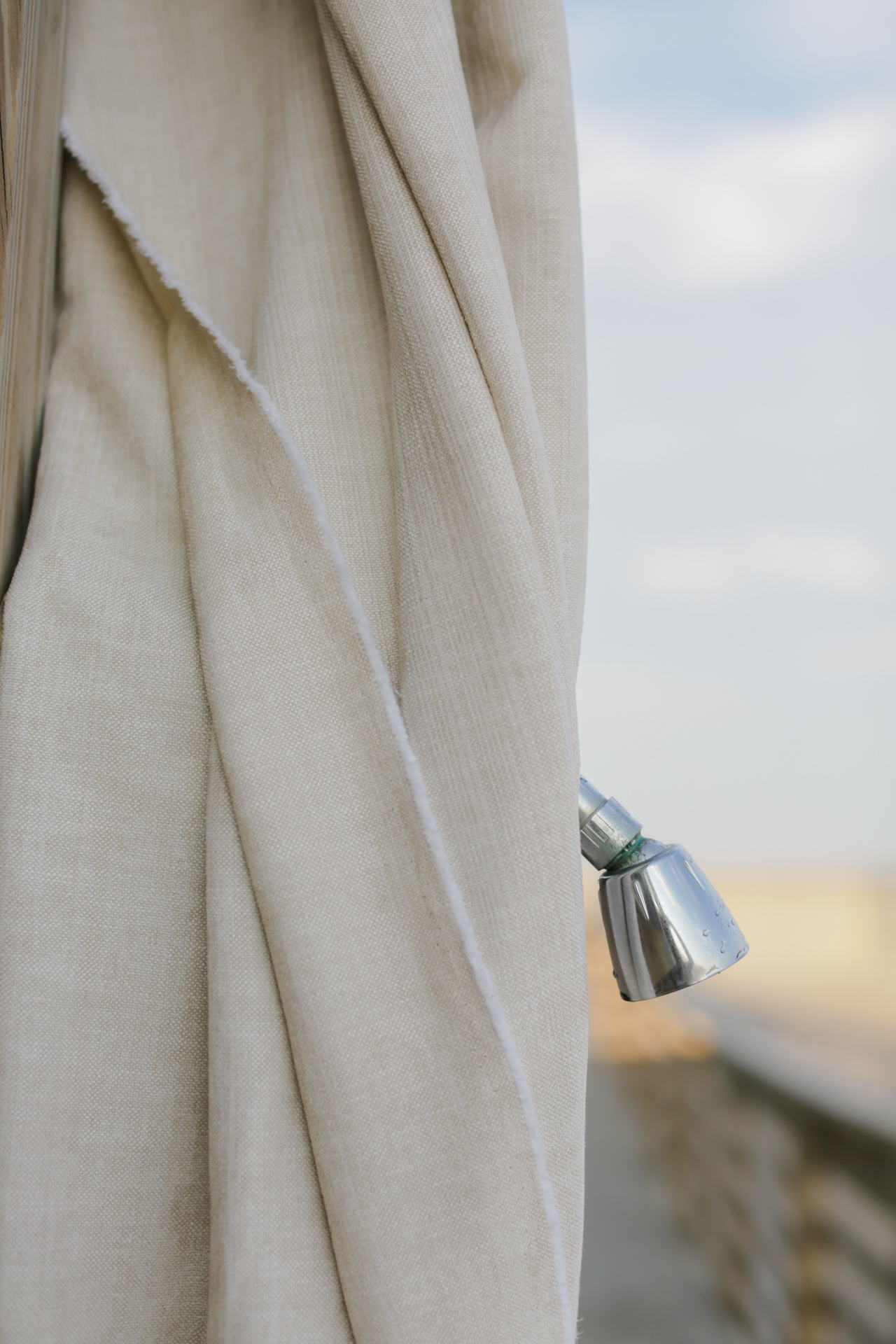On accelerating fabric trends focusing on sensuous experiences and health.
Wellness is a state of balance between the human body, mind and spirit that results in general wellbeing. The term first appeared in the 1950s and stems back to the generation of people born after the Second World War. A society built upon the principles of wellness considers health, vitality, strength and energy as its core values and wants to retain youth.
Wellness is associated with wellbeing, a condition or situation in which we feel comfortable. Both terms are often used interchangeably and each year they are becoming increasingly important.
According to American analyses and prognoses, the wellness industry reached a value of 5.0 trillion USD in 2021 and will grow to 7.0 trillion USD by the year 2025.

The reasons behind this are quite obvious. Climate change, the vision of a world struggling with problems of everyday existence, the pandemic, the ongoing war in Ukraine and conflicts in other parts of the world decrease our sense of security and make us focus on things like safety, health and balance.
In the face of global crises and lifestyle diseases the need for self-care, promotion of wellbeing and protection of health are becoming critical issues affecting customer choices, influencing life decisions and shaping expectations towards brands and companies. At the same time customers have grown tired of constantly being vigilant when it comes to the origin of products and the ethics of their production. They expect manufacturers to be transparent and provide them with ethical and healthy products. This applies to all industries and products, particularly those related to our closest, most intimate surroundings are particularly important. It is believed that in 2019 the home has been rediscovered as a space of coexistence, health, sensuous happiness, self-care and protection against the outside world. It became the centre of our world, where we can do all the things that we used to do outdoors.*
- See our previous entries on this subject:
More and more frequently the home is presented in global trends as safe, caring and protective through its architecture, interior design and appliances that bring to mind the comfort expressed in the concept of wellness. Textiles, being closest to our bodies and guaranteeing physical, thermal and tactile comfort, are critically important.
Thanks to a broad spectrum of available products and growing consumer awareness our bedrooms, living rooms and bathrooms are transformed into private home spas that allow for conscious contact with friendly materials evoking a friendly mood and creating a space for recreation and rest.
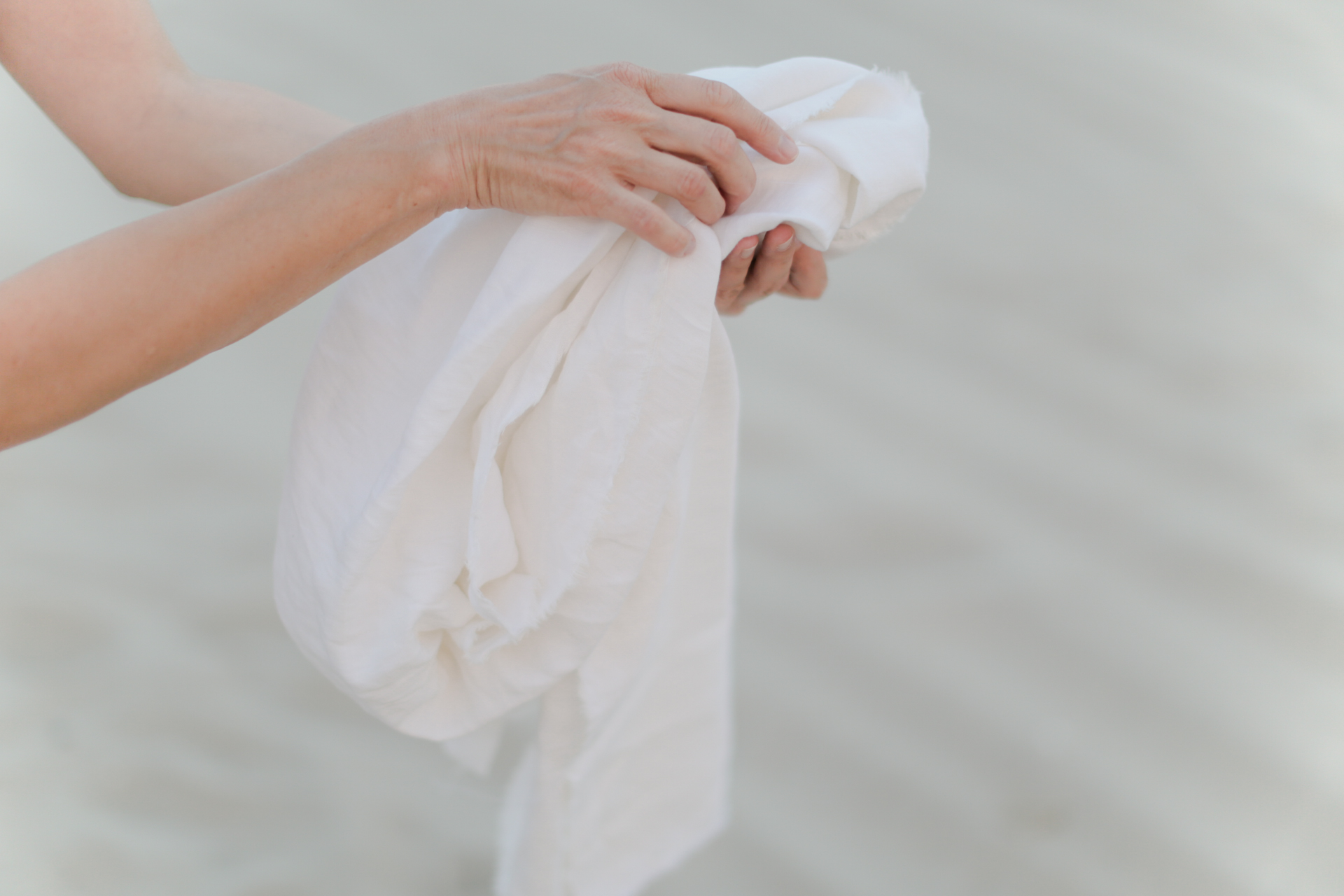
When it comes to the sense of security and comfort, natural materials such as linen, cotton, wool and blends with hemp, nettle or other natural fibres are most popular because of their contribution to human health and because they do not cause allergic reactions.
Textural fabrics that affect all 5 senses are increasingly popular thanks to their sensory effects. These include (plaits, fabrics with nap, chenille, boucle) whose haptic and tactile properties as well as cosiness can improve their user's wellbeing. Advanced technologies contribute to the growing popularity of smart fabrics that can keep their users warm, cool them down or otherwise pleasantly interact with the human body.
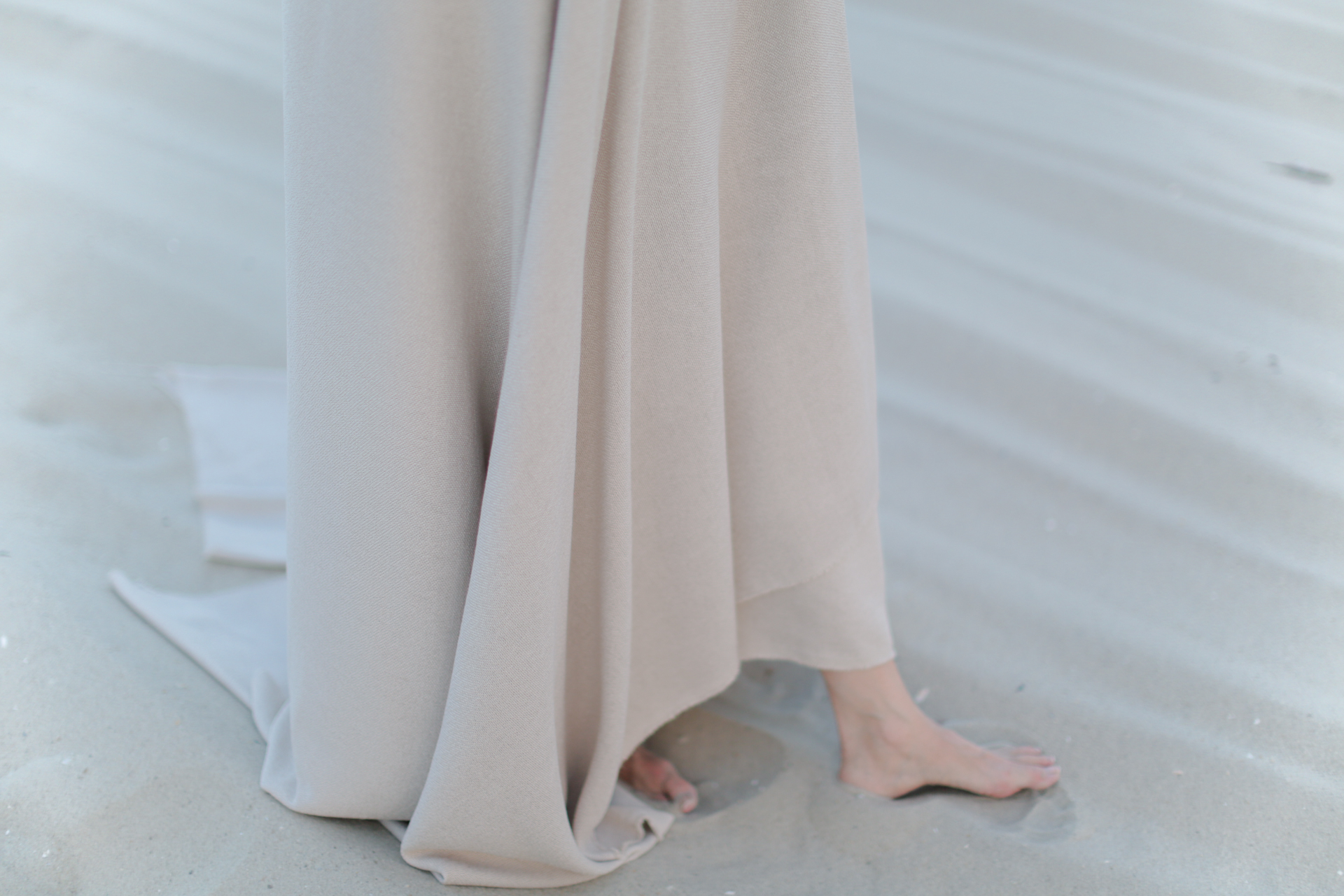
The number of textiles dedicated to bedrooms and other places devoted to relaxation has increased in response to the global problem of sleep disturbances. Products made of natural fibres, with natural filling, with a specified weight, producing a specific rustle and smell etc. are increasingly popular among discerning consumers. Items that until not so long ago were only known to a select few such as mattress covers, weighted duvets, memory-foam pillows or scented bedclothes are now everyday bedroom products.
Fabrics that are friendly to our senses are an answer to our needs related to everyday rituals of sleep, rest and relaxation. Touching these fabrics, snuggling into them and experiencing their warmth should increase our sense of security and comfort which translate into physical and spiritual pleasure.
Modern users are making informed shopping decisions and ask themselves the following questions before making a choice: How does this fabric resonate with me? What do I really need? What gives me pleasure?
Currently, there is more to experiencing textiles than just their quality or even their quality to price ratio. We seek the experience of texture, sound, and smell. We want to take good care of our bodies, find peace, undisturbed rest and reduce stress levels. When this happens we achieve balance and live in the spirit of wellness.
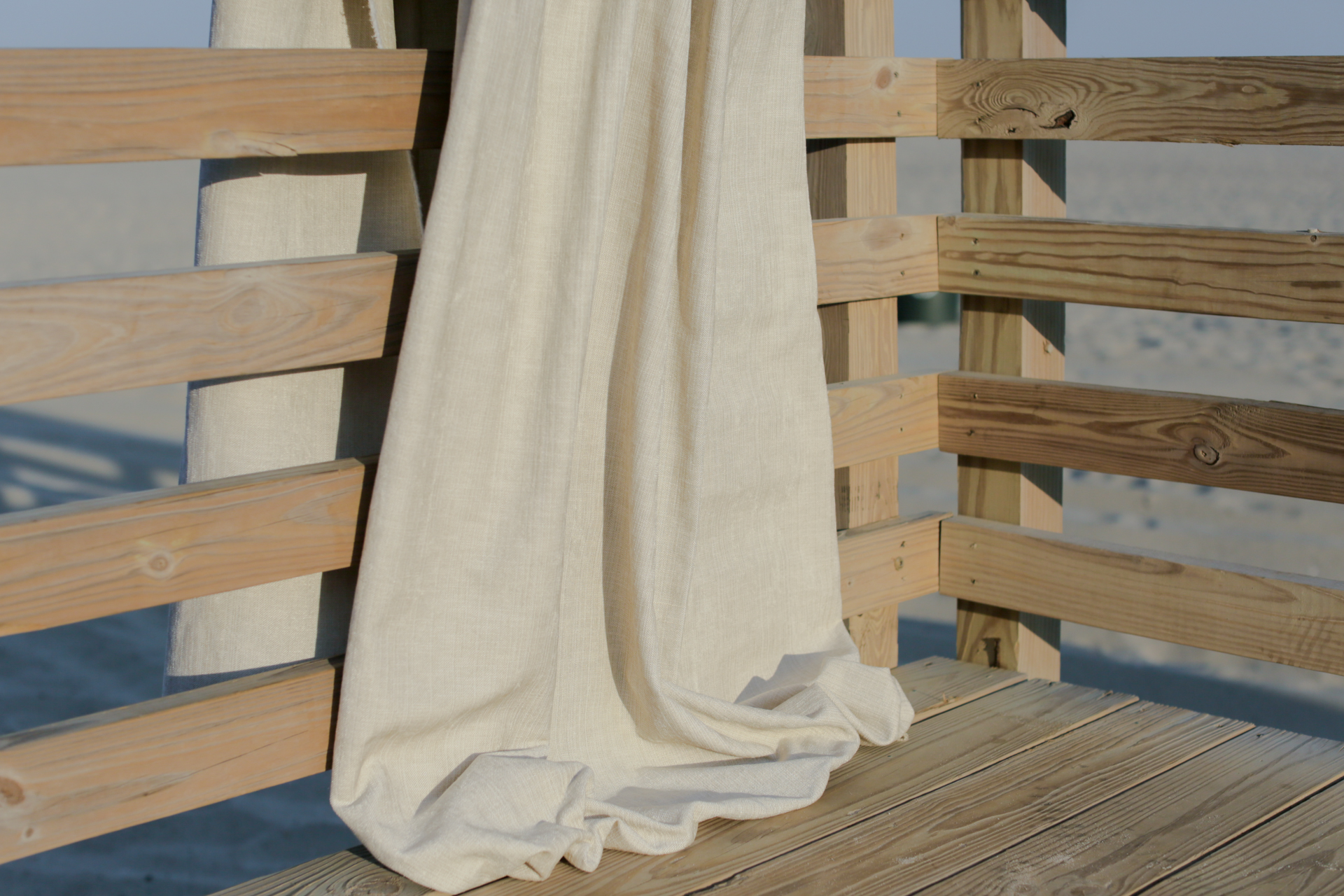
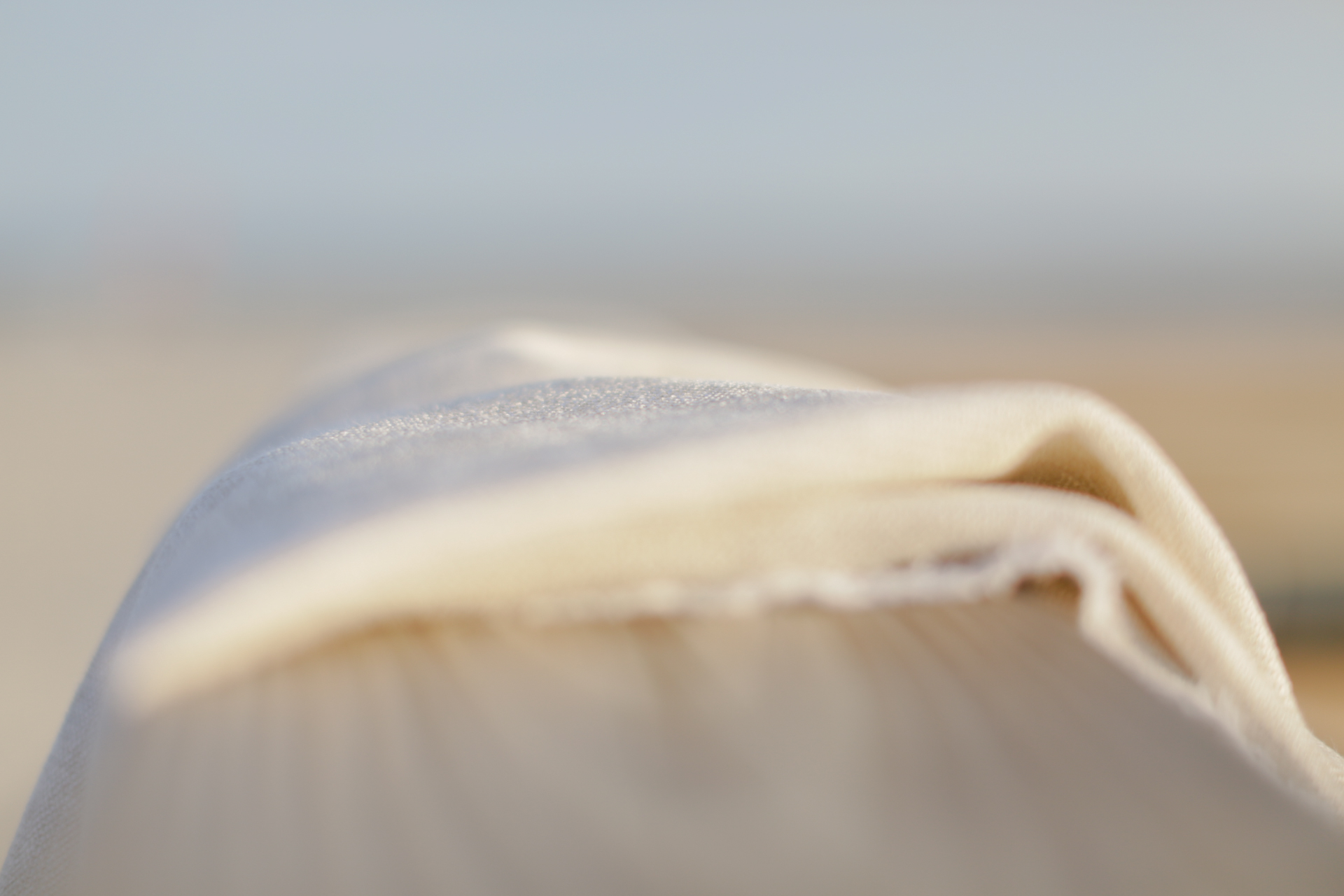
Fabrics and sample kits from the DEKOMA collection used in the session:
Levante is a decorative fabric woven half from flax and half from hemp fibres. This 100% natural composition and the properties of the two fibre types make Levante very user-friendly, whereas the special “mano della nonna” finishing (i.e. “grandma's hand”) endows it with incredible softness rarely found in this type of fabrics. At the same time, Levante has a slightly creased texture typical of linen and hemp fabrics. Levante comes in 7 subdued colours. It is a perfect solution for rustic, Scandinavian, Japanese style interiors filled with natural materials, but also for modern ones, slightly more raw, with an industrial or minimalist touch. Levante is available in double width.
Manarola is the best known of the five towns in the famous Italian Cinque Terre region. The view of houses with multi-coloured facades built on the green mountain slopes all the way down to the shores of the azure Ligurian Sea is exceptionally picturesque. It was the colours of Manarola that inspired the name of the decorative fabric, whose colour palette boasts as many as 35 shades.
Thick yarn and visible plait give the product a very natual appearance. Available in an attractive smokey colour palette, Salma can be used with the Goya collection to form interesting colour combinations.
Sandro is a nobel, semi transparent, decorative fabric available in six colours: from white to various shades of beige. Natural and soft to the touch. Linen and polyester blend is perfect for all fans of simplicity and nature. Available in the economical size of 300 cm. It looks natural and is very versatile. Wash with water or dry clean. Will look great in cosy and modern interiors.
Upholstery fabric with a characteristic delicate texture marked with a distressing effect. Available in 15 natural, muted shades. The ageing treatment has made the shades of olive green, khaki, brown, beige and denim- resembling blue look even lighter. The fabric consists of 85% cotton, which gives it a natural, slightly stiff feel. Recommended primarily for furniture with loose-fitting upholstery, pouffes, and beanbag chairs. Looks great in combination with other aged, natural materials: oxidized metal, stained, bleached wood, leather. It is a perfect choice for loft, industrial, colonial, boho and rustic interiors.
Content and visuals – MBBM Studio.
Photos: Boris Miller. Photoshoot July 2022/ Long Beach NY.

